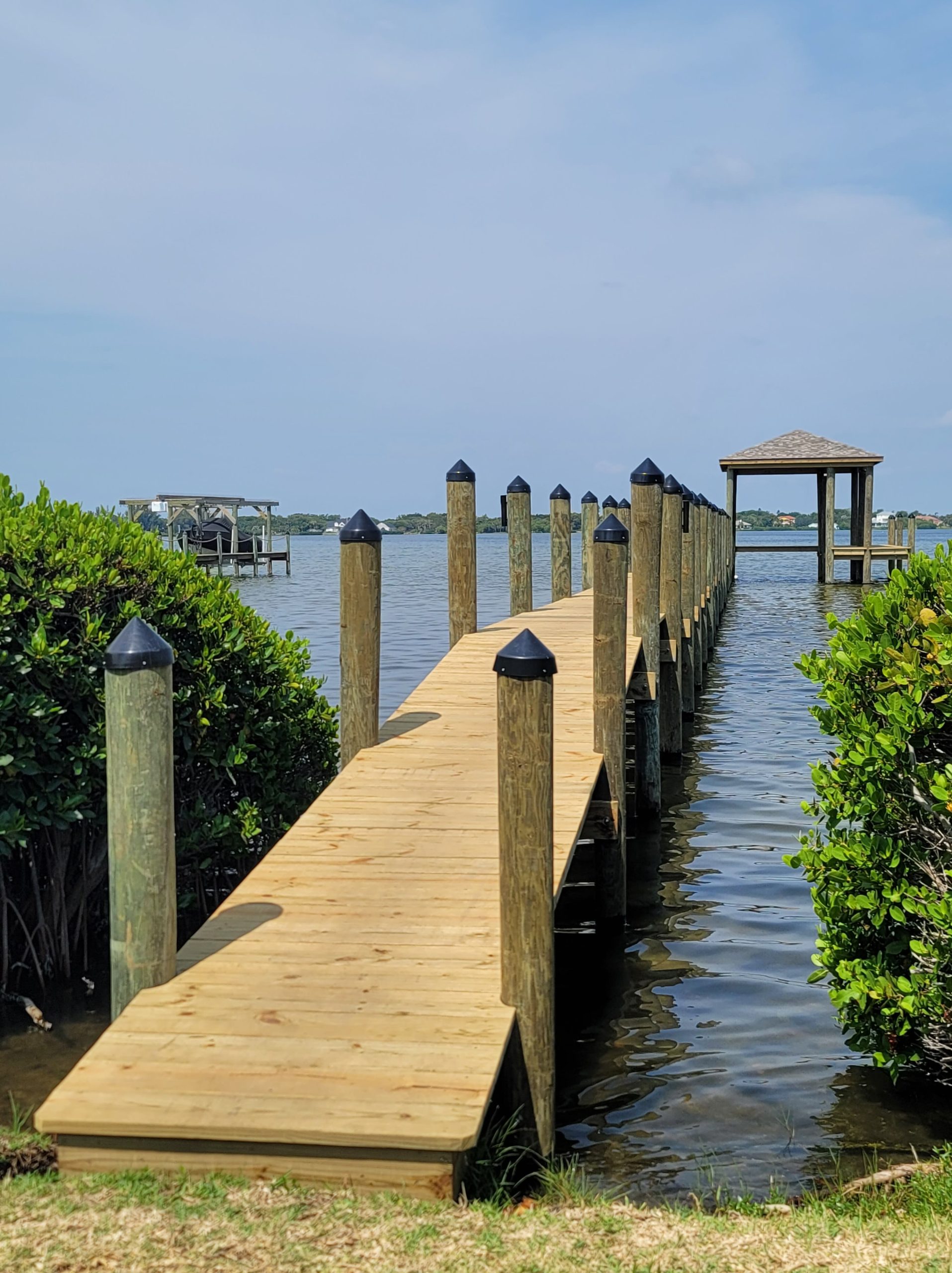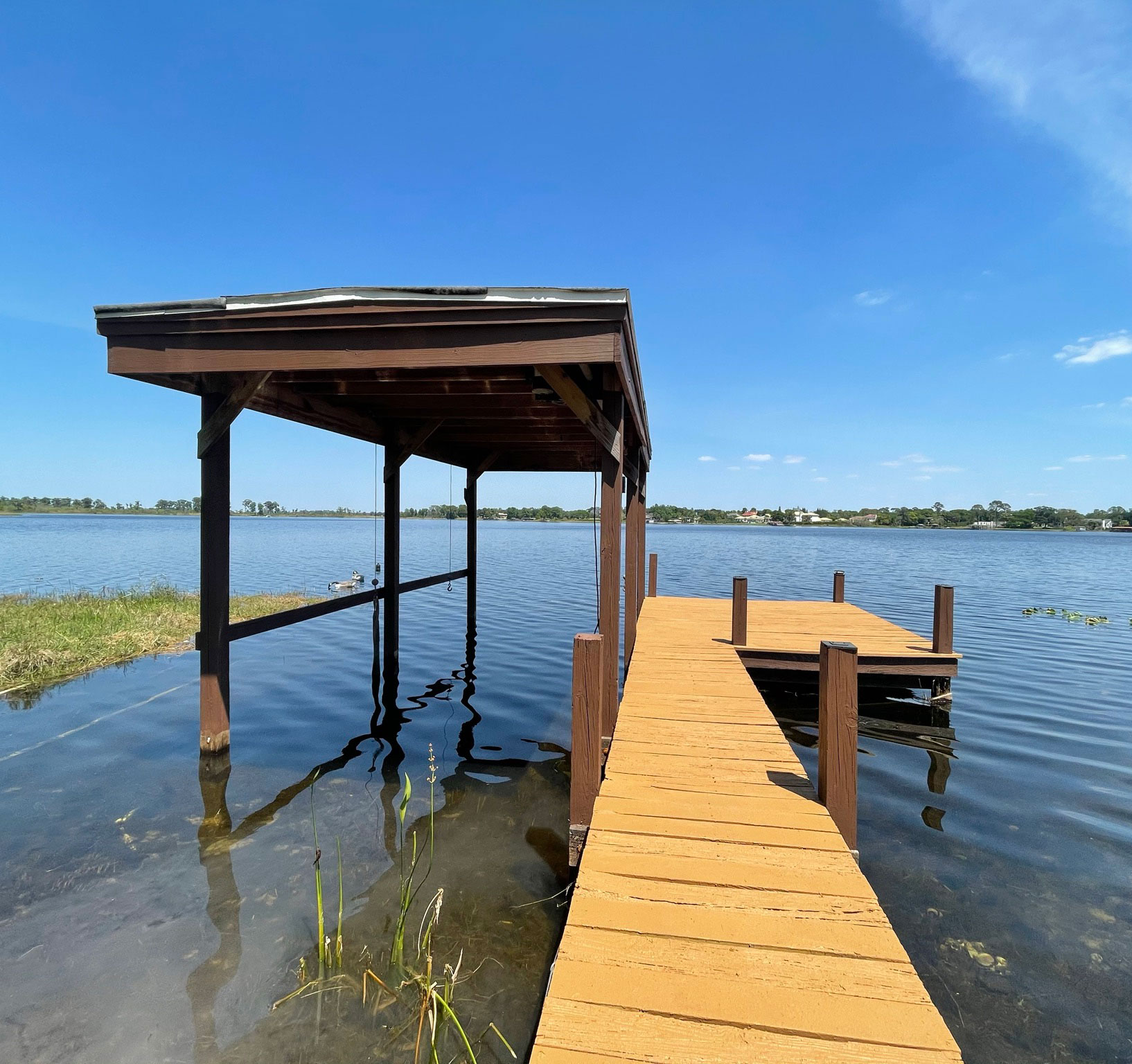Understanding the Prices Associated With Dock Repairs
Wiki Article
How to Address Common Dock Repair Work Issues for Safe Water Activities

Identifying Common Dock Issues
Identifying typical dock issues is critical for maintaining the performance and safety of your waterfront building. Routine evaluations can help reveal troubles prior to they become extreme, making certain both the durability of the dock and the security of those who utilize it.An additional common problem is the degradation of flotation gadgets. These devices are important for maintaining the dock resilient, and any type of damages or slits can trigger the dock to checklist or sink. On a regular basis looking for leakages or water logged floats can preempt more considerable problems.
In addition, algae and barnacle build-up on the dock's surface can develop unsafe and dangerous conditions. This biofouling not only postures a danger to individuals yet can also speed up the wear and tear of the dock products.
Finally, inspecting for indicators of corrosion on metal components is essential. Rust can jeopardize the integrity of the dock's structure, making it harmful. By routinely recognizing these usual dock issues, you can make sure that your dock remains functional and safe and secure for several years to find.
Repairing Rotting Wood
When addressing the problem of decaying wood on your dock, it is essential to act quickly to prevent additional damage. Begin by thoroughly checking the whole structure to determine all influenced areas. Utilize a screwdriver to penetrate the wood; if it sinks in quickly, the timber is likely deteriorated and requires prompt attention.Be sure to cut back to healthy, strong wood, ensuring you remove all endangered material. After elimination, deal with the staying wood with a wood chemical to avoid future rot.
Next, replace the eliminated sections with marine-grade lumber or pressure-treated timber, which are extra immune to water damage. Safeguard the brand-new items with stainless-steel or galvanized bolts to avoid corrosion. Furthermore, applying a water resistant sealant to the brand-new wood can supply an added layer of security.
Protecting Loosened Boards
Just how do you ensure your dock remains useful and secure for all its individuals? One important aspect is protecting loosened boards, which can or else pose considerable threats. Loose boards not only enhance the threat of tripping however can additionally compromise the structural honesty of the whole dock.
For reinstallation, use stainless or galvanized steel screws, as these products offer superior resistance to deterioration in marine settings. Make certain go right here the screws are long enough to pass through deep right into the underlying support structure, but not as long that they stick out via the dock's surface. Pre-drilling pilot openings can assist stop the wood from splitting.
Lastly, keep a routine assessment routine to identify and resolve any type of new concerns immediately. By protecting loosened boards successfully, you add to the overall safety and security and long life of your dock, making it a trusted system for water activities.
Stabilizing Unstable Pilings
Making certain the stability of he said unstable pilings is vital to maintaining a secure and practical dock. Unstable pilings can compromise the entire framework, posing substantial risks to users and possibly leading to costly repairs. The very first step in supporting these necessary parts is an extensive evaluation. Analyze the pilings for indicators of rot, damage, or changing. Use a degree to inspect for vertical positioning and guarantee they are driven deep enough into the substrate to provide appropriate assistance.If the pilings are located to be unsteady, one effective technique for reinforcement is using additional bracing. Cross-bracing with dealt with lumber or galvanized steel can substantially boost security. Support the dental braces firmly to both the pilings and the dock structure to disperse lots equally.

Regular maintenance and routine review of the pilings' stability are essential to ensuring lasting dock security and functionality.
Changing Rusty Hardware
Resolving unsteady pilings is simply one element of maintaining a dock's honesty; one more crucial problem is changing rusty equipment. In time, exposure to wetness and salt can result in the oxidation and corrosion of brackets, screws, and screws, endangering the entire framework's safety. Routine evaluation for corrosion is vital, particularly after serious climate or seasonal modifications.When rusty equipment is identified, prompt action is called for. Begin by choosing marine-grade stainless-steel or galvanized equipment, both developed to stand up to the extreme aquatic atmosphere. Ensure that you have the proper tools, such as wrenches and screwdrivers, to safely eliminate the old, corroded items without triggering more damage to the dock.
After getting rid of the rusty equipment, extensively tidy the affected areas to remove any recurring rust or debris. Use a rust-inhibiting guide to revealed metal surfaces prior to setting up the brand-new hardware. Tighten up all components firmly to protect against future loosening, and occasionally evaluate the installations to guarantee recurring security.
Replacing corroded hardware not only extends the dock's life expectancy yet also substantially boosts the safety of water activities. By proactively taking care of corrosion, you shield both the framework and its users, making sure a protected and pleasurable waterfront experience.
Verdict
Regular evaluations and upkeep are necessary to address usual dock repair problems and make certain safe water tasks. Such proactive measures add to the general safety and security and functionality of dock structures, promoting a safe environment for water-based activities.Making certain the safety of water tasks pivots dramatically on the correct maintenance and repair service of anchors (Dock Repairs). These gadgets are vital for maintaining the dock buoyant, and any type of damage or punctures can create the dock to list or sink. By regularly determining these common dock issues, you can make sure that your dock stays functional and safe for years to come
Ensuring the stability of unstable pilings is paramount to preserving a risk-free and functional dock.Normal assessments and maintenance are important to deal with typical dock repair service problems and guarantee safe water tasks.
Report this wiki page